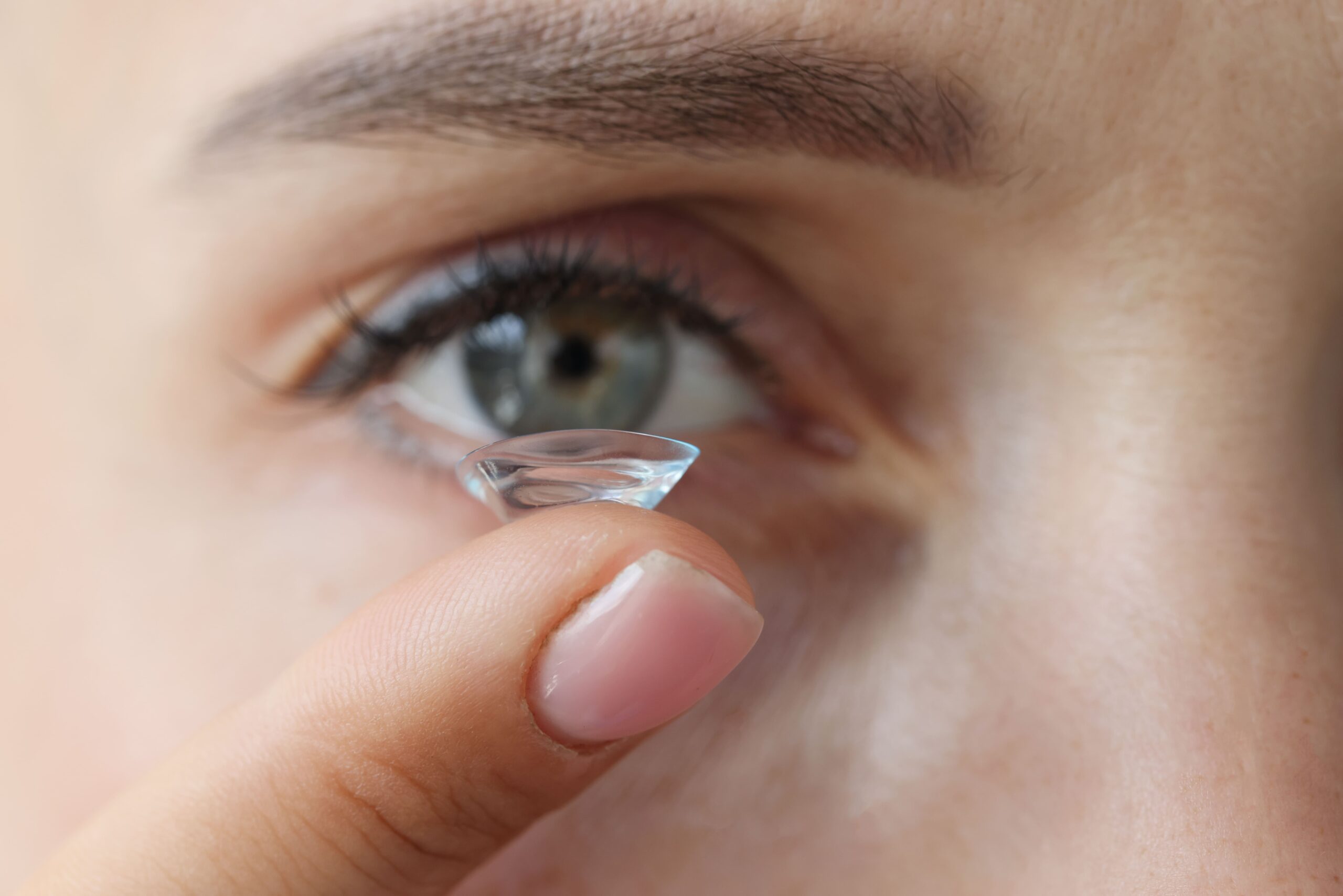LASIK is too new to know the long term effects. The technology is still in development!
Fact: LASIK has been performed successfully for over 20 years! Since the early 80’s, over 50 million people have had LASIK worldwide. Countless studies have confirmed its safety and success. LASIK’s satisfaction rate is the highest of any medical procedure– over 98%! Technology will always continue to advance, but today’s is so good that there is no need to wait. There has never been a better time to invest in LASIK than now.
All lasers used for LASIK are basically the same, chose the cheapest !
Fact: There are a variety of laser procedures that can be used to treat a patient’s eyes. After a proper screening and confirmation of the condition that needs to be corrected, Our Qualified Senior doctors can identify the most appropriate treatment plan needed to treat your condition
The laser does all the work. It doesn’t matter what doctor I get!
Fact: Your surgeon’s application of skill and level of expertise matters! Laser systems are sophisticated, needing proper programming to deliver customized treatment. A surgeon’s level of expertise and care before, during, and after surgery are critical to success.
Physicians would never have LASIK on their own eyes.
Fact: As most recently reported by Kezirian et al,4 refractive surgeons are more than four times more likely to have had refractive surgery than the general population. Using data from an online survey emailed to 250 randomly selected practicing refractive surgeons, Kezirian’s group identified 107 respondents who were candidates for laser vision correction. Of these, 67 reported that they had undergone laser vision correction (LASIK, 65.7%; PRK, 34.3%) on their own eyes. Furthermore, 91% of all respondents said that they recommend refractive surgery to their immediate family members. https://pubmed.ncbi.nlm.nih.gov/26603390/
I have astigmatism, so I can’t have LASIK
Fact: Although this misconception was true when LASIK technology was in its infancy, it is no longer the case! Modern lasers can effectively treat astigmatism with outstanding results.
It cannot correct people more than age 40….
Fact:
- People over age 40 require 2 types of correction. One correction for distance, the other for near. Sometimes, they have no correction for distance (they do not wear glasses when they are young), but require glasses for only reading. Sometimes, they have a small amount of myopia, and require to remove glasses while reading.
- No matter what your condition is, we can still correct it. Laser Blended Vision is the solution in this condition.
LASIK results can wear off
Fact: Absolutely not. LASIK physically reshapes your eye, permanently correcting the misshapen cornea that caused your nearsightedness, farsightedness, or astigmatism. Your eyes don’t revert back to their pre-LASIK shape, so the results don’t wear off.
LASIK is painful and/or dangerous
Fact: The truth is that you don’t feel any pain during a LASIK procedure because you receive anesthetic eyedrops to numb your eyes. You may feel slight pressure very briefly as we create a flap that allows the laser to reach the cornea. But the laser treatment is pain-free, and it’s quick: Your actual laser time is about one minute for each eye.
You may also like to know that the laser can’t burn your eyes. The lasers used for LASIK don’t rely on heat like a surgical laser. Instead, they use a cool beam of light that gently breaks apart molecules of collagen.
LASIK surgery has been performed for more than 20 years. During that time, it has established a long and solid record of safety. Like any surgery, there’s always a risk of side effects, but with LASIK, the side effects are typically minor and temporary. For example, you may have blurry vision or feel like there’s something in your eye.
Here’s the most telling fact of all: 98% of patients who had LASIK said they would choose the procedure again.
My activities are limited during a long recovery
Fact: You’ll need to take care of your eyes for a few days, but here’s the fact: You can return to most of your usual activities within 24 hours, although you’ll need to avoid strenuous physical activities and contact sports for several weeks because you don’t want to risk bumping your eye while it’s healing.
What special care do you need to follow? You won’t have any stitches or bandages to worry about. You’ll also need to keep water out of your eyes and limit eye creams or makeup for few days.
If you blink or move during the procedure, something will go wrong…
Fact:
- In fact, a speculum is placed in the eye during the procedure. Even if you would try, you cannot blink for those few minutes of the procedure. And while some eye movements are inevitable, the lasers are equipped with sophisticated eye trackers to take care of those fine eye movements, and place the laser spots exactly where intented.
- In fact, it is during the flap creation phase that moving your eyes will create some problems for the surgeon. If you are undergoing Femto-LASIK, it is much simpler. The surgeon can simply refit the contact glass, and start the process again. If you are undergoing standard microkeratome LASIK, it may be that the surgeon needs to postpone the procedure for a few weeks. But your eye will not come to any harm under either circumstance.
I am afraid that I will go blind…
Fact:
- Every act has a risk, no one can guarantee the complete absence of adverse outcomes. Going out on an evening walk can also put your personal well being at risk. The issue is really of how high the risk is !
- Complications can and will happen though. However, the issue is whether the doctor treating you has the experience of tackling them, whether the institution you are being treated at has the philosophy of patient first, everything else later.
- Experienced Doctors, Latest Technology-These change the odds dramatically. LASIK is very safe !


 Call Now9910430391
Call Now9910430391 BookAppointment
BookAppointment



